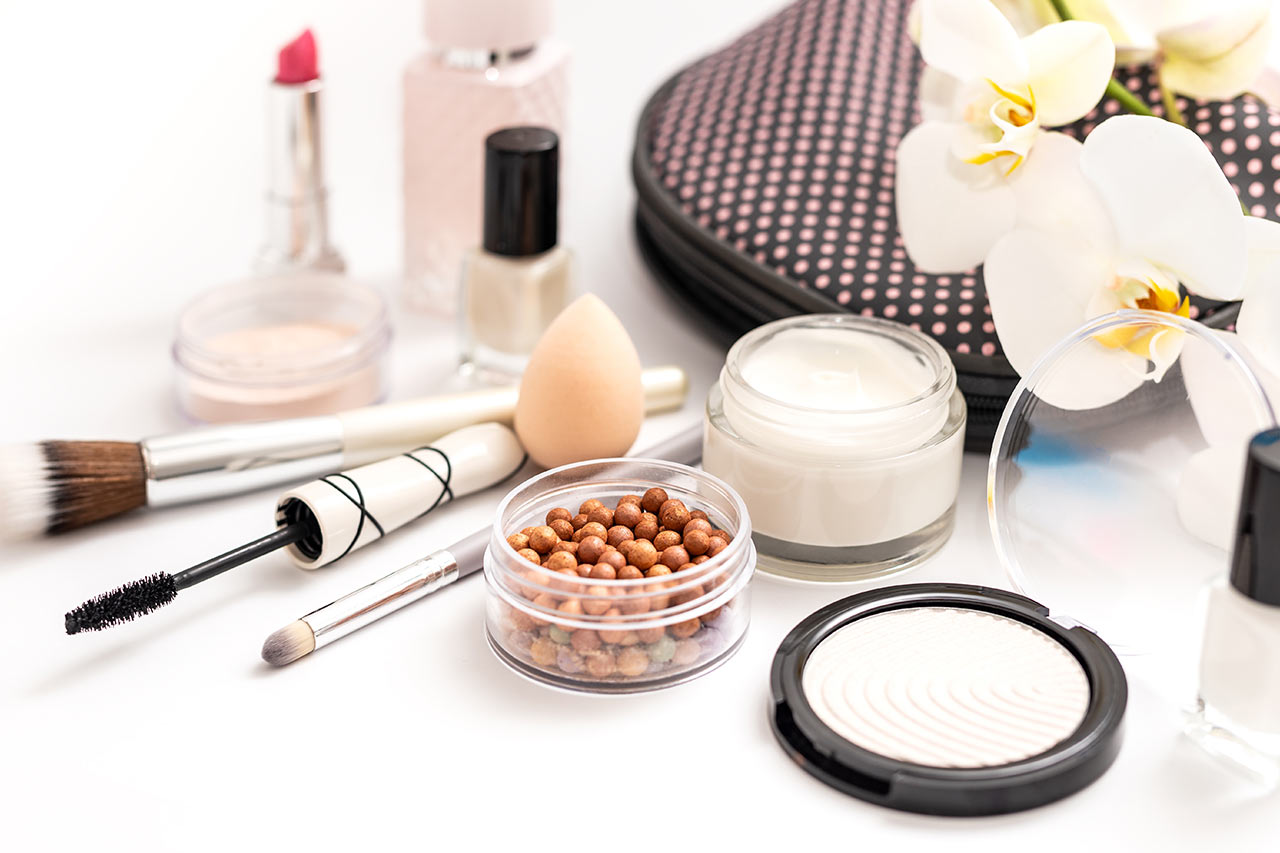3 trends in the beauty care industry emerging from a post COVID-19 era

The past months of lockdown have brought huge changes to the beauty care industry. How should related players react and adapt in a post COVID-19 era? From the psychological and behavioral changes at a consumer level, to emerging macro-movements of the industry, as well as the related technological and product innovations, the COSMOPROF 2020 virtual conferences have succeeded in gathering some of the greatest minds of the sector to get their perspectives on the subject. Alcimed had the pleasure to attend a series of rich discussions and shares with you the 3 major themes that emerged throughout the conference.
1. The acceleration of digitalization: it’s not about digital in the beauty care industry, but about doing business in a digital post COVID-19 context
Before the COVID-19 pandemic, around 85% of the beauty sales were done in stores. The lockdown nudged more players in beauty care industry to leverage digital channels to stay close to its consumers.
Learn more about the new challenges of customer journey >
For many brands in the beauty care industry, the first step to occupying the digital space starts with digital storytelling to engage online communities. Platforms like Instagram and TIKTOK offered the possibility for brands to be more accessible and transparent during the pandemic through live streaming and influence marketing. Other digital solutions allowed the launch of the 3D online shop of Beautyque in New York to extend the pleasure of wandering around stores onto digital platforms. Tackling the problematics of sampling due to sanitary constraints, artificial intelligence + augmented reality solutions were highlighted to be enabling beauty try-ons with high precision and efficiency. Notably, collaborating with Perfect Corp, Punky Colour has seen the number of hair color try-ons increase 18 times during the COVID-19 crisis.
Doubling down in digital technologies brings added value to consumers by creating a holistic digital shopping experience. As the post COVID-19 reality in China still indicates a 9% to 43% decrease in store traffic depending on the store and product format, digital is expected to occupy an important place in the post-COVID era.
2. Less is more: it’s not about minimalist beauty, but about safer beauty in the post COVID-19 era
Touchless beauty is without a doubt transforming various aspects of a beauty care product in response to sanitary concerns. Voice and gesture-controlled digital try-ons, innovative texture of stick and sprays, integrated product applicators with intrinsic antibacterial properties thanks to antimicrobial, antiviral and antifungal coatings with 99.99% effectiveness as well as gold/charcoal particle infusion or external disinfection accessories with incorporated UV lights… The “touchless” approach is taken into account throughout the consumer journey to bring more reassurance in this period of crisis.
Waterless beauty is another approach that answers safety concerns while addressing the sustainability issue. A waterless formula consumes less water during production. It is also lighter with less packaging, which in the end contributes to a lighter transportation burden. During the pandemic, just like the Swedish company Forgo with its powder to liquid handwash and Skinesque’s papaya enzyme cleansing powder, some manufacturers leveraged waterless formulations to address the safety issue as the absence of water in formulations eliminates the need of preservatives for product to stay contamination-free and thus allows brands to retain their clean credentials.
Learn more about the challenges of solid and waterless cosmetics >
3. Emotional beauty: yes, we care!
Physical, mental, emotional: Anger, envy, and anxiety are part of the emotional roller coaster that people experience during this crisis. Thus, 60% of consumers have been reported to spend more time on physical and mental self-care. The observed consumer behaviors include pampering themselves with high-quality and luxurious products, establishing a routine of healthy escapism through DIY products, micro-dosing and mindful/spiritual practices like Skintimate’s audio meditation you can turn in your shower. The importance of “inner beauty” is even more accentuated. A successful post COVID-19 player in the beauty care industry should take care of its consumers by soothing both their bodies and minds.
Essential, functional, and simple: Simplified beauty is a trend exacerbated by the sanitary crisis. What started out as a demand for cleaner, clearer, and simpler ingredients extended towards a need for more holistic yet minimalist products and associated routine. Essentials include skin care, hair care and not surprisingly hand care products due to the use of hand sanitizers. In this post COVID-19 beauty care industry, “only one cream to rule them all” becomes the kind of thinking to develop a relevant product during this special time. Even when color makeup is desired, with the mandatory facemasks in various public places, consumers’ interest is also mostly centered around eye makeup. Understanding and addressing the essentials can significantly contribute to a brand’s post COVID-19 comeback!
With a crisis always comes opportunities. Clearly the COVID-19 pandemic helps the beauty care industry better understand its consumers and their need and react accordingly. We’re looking at a sector that is responding positively to the crisis with digitalized and simplified solutions to create and maintain human connections as well as to put “care” in front of “beauty”. With the end of the lockdown approaching, consumers are expected to bring back the dynamics of the industry. What is your brand’s action plan to embrace the coming wave of revenge spenders? Discover our white paper on CUSTOMER ENGAGEMENT in a digital post COVID-19 era and our achievements in opportunity evaluation consulting!
About the author
Kaiwei, Senior Consultant in Alcimed’s Cosmetics team in France
Do you have an exploration project?
Our explorers are ready to discuss it with you